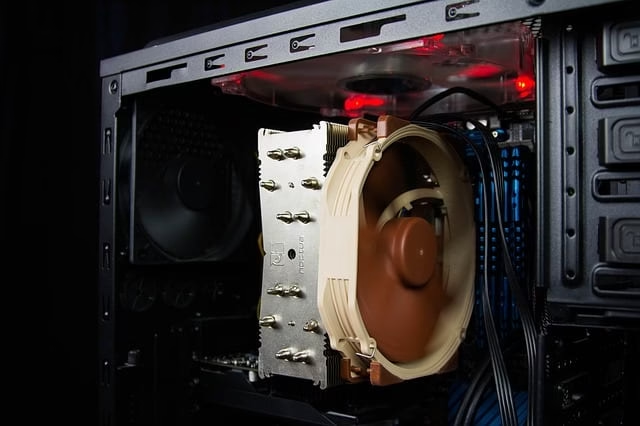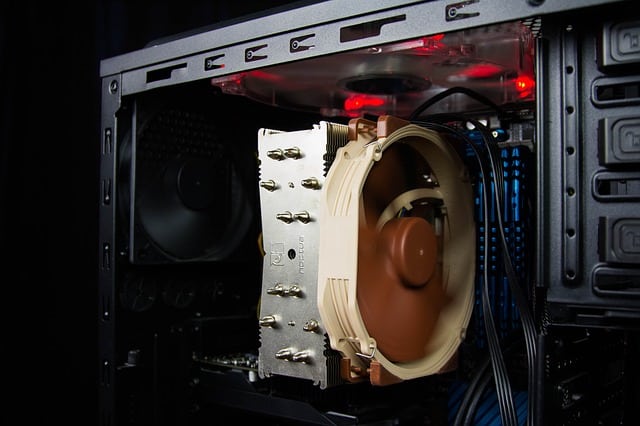
If you are building a PC by yourself, the most important part is keeping the system cool. You need to keep the system free from heating for optimized performance. People often miss noting that not only CPU but also the GPU needs to be cooled for the best output. GPU should always be able to dissipate heat otherwise it will affect the performance of the gamer.

Most electrical appliances have a mechanism to dissipate the produced heat. For example, there are metal heatsinks that keep RAM cooler. In the case of CPU, the arrangement is such that all the heat produced is channeled to the PC case. A PC fan is installed there which throws out this heat. So, the challenge arises on how to choose this fan. We can see here that the temperature of the PC case is directly affected by the quality of the fan.
Citing this confusion, we have made a 3-step guide to choose the best case fans for efficient PC. Have a look!
- Fan specifications: Look for the features of the fan, like its speed, size, and noise generated. Fan speed is measured in revolutions per minute or RPM. The higher this count is, the faster a fan dissipates the heat. At the same time, more RPM means more noise. The noise level of fans is measured in dBA.
You should always opt for a fan that has lower dBA. Working with a noisy fan is never feasible. One way to reduce the noise is to opt for bigger fans. Usually, the PC fans come in sizes like 80mm, 92mm, 120mm, 200mm, 230mm, and so on. The one you use depends on the dimensions of the PC case.
You should go for the biggest possible fan. This is because a bigger fan disperses the same amount of heat in lesser RPM than a smaller fan does in higher RPM. This directly leads to reduced noise. Also, lesser RPM means lower electricity consumption.
- Connector type: A PC case fan comes with 2-pin, 3-pin, and 4-pin connectors. Some even come with basic Molex type. Always go for 3-pin or 4-pin type connectors. These are efficient and easy to connect to the motherboard.
We would suggest going for the 4-pin connector. This allows you to regulate the fan speed using PWM or pulse width modulation. In the absence of it, the fan will continue to work on its maximum capacity even if your system is not that much heated.
- Bearing Type: PC case fans come with 3 types of bearings namely ball, sleeve, and hydrodynamic. Always pay attention to the case bearing you are using in your case fan. It affects the noise generation and fan efficiency. Although sleeve bearings are the cheapest, hydrodynamic fan bearings are best to use performance-wise. They operate at minimal noise. Also, they lubricate themselves which keeps the fan in good shape.
Keeping these specifications while choosing the best case fan will keep your system performance optimum.